We saw in the previous article (“Why diffuse essential oils?”) that perfumes can influence human behavior. Did you know they can also influence the behavior of plants? Or that plants can flirt, fight and communicate with each other?
The language of plants is vastly different from the ways that human beings communicate. However, the language of plants is also extremely useful in our everyday lives: volatile organic components. You actually really already know them...those volatile organic components are the same molecules found in essential oil.
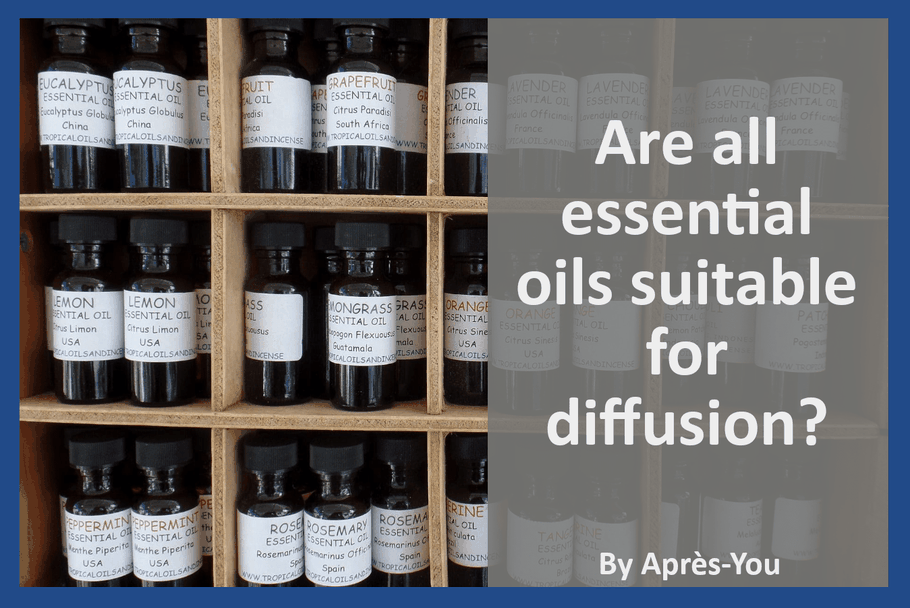
Is it possible to diffuse any essential oil?
Summary
Aroma diffusion is the action of spreading essential oils composed of aromatic molecules within a specific space. While some of these molecules can contribute to a calming environment, others can be harmful. In short, not all aromatic oils are suitable for diffusion. The reason for this has to do with the chemical molecules they contain. Another important factor for consideration in relation to diffusion is the fact that some people can be very sensitive to certain odors, sometimes to the point of being allergic to them. Moreover, one should always diffuse oils in proportion to the space to be filled.
If you are reading this article, you are probably already aware that diffusion is the action of spreading essential oils (and the aromatic molecules they contain) within a specific space. However, you may not be aware that there are some very important considerations that need to be addressed before you diffuse an oil. Are all essential oils suitable for diffusion?
In order to really answer this question, we need to first have a grasp of where aromatic molecules come from. For that, we need to discuss some plant biology...but don’t worry! It is actually a fascinating romp through the world of plants including all the best sort of drama from a Hollywood flick: seduction, fight scenes, and some ‘sap-py’ dialogue...
Structure of the article
1. Why some plants produce aromatic molecules?
1.1 Aromatic compounds for seduction
1.2 Volatile aromatic molecules for self-defense
1.3 Communication via aromatic molecules
2.Which oils can be diffused?
2.1 Which essential oils are not recommended for diffusion?
2.2 Aromatic oils from the ketone family
2.3 Essential oils recommended being diluted before diffusing
- Conclusion-Which essential oils can be diffused safely?
- Very Essential People
- Disclaimer
- Pictures
1. Why some plants produce aromatic molecules?
470 million years ago, the first plants spouted on planet Earth [source]. As they evolved, they had to find solutions to reproduce, to protect themselves, and to communicate. One of the solutions they developed was through the production and use of aromatic molecules.
These molecules are the result of what is called a “second metabolization”. This means that aromatic molecules are produced by plants in order to help the plants interact with their surroundings [source].
1.1 Aromatic compounds for seduction
We don’t call section and lovemaking “the birds and the bees” for nothing. Bees (as well as other insects) are a crucial part of the reproduction processes of many plants. In order to attract insects, some plants use aromatic compounds.
Interestingly, the biggest flower in the world (the Amorphophallus titanium) can be 3 meters tall and emits such a terrible stench that its nicknames include epithets such as the “corpse flower” or “carrion flower”.
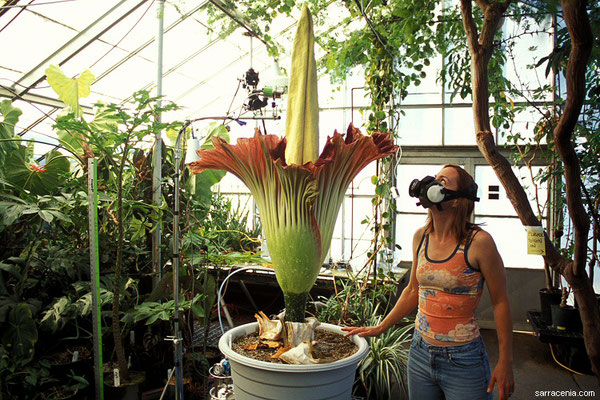
What, praytell, would be the reason behind the tremendous odor? Scientists have analyzed the chemical makeup of the titan arum’s perfume; they found within it the same aromatic molecules that we know from ripe cheese, rotting fish, sweaty socks, and feces [source].
Unsurprisingly, this odoriferous taint attracts flies looking for decomposing organic matter...and these flies help the flower with pollination. Smells which we may associate with being bad are really a matter of opinion; to the flies, they are the pinnacles of scents and to the flowers, they are a means of creating the next generation.
1.2 Volatile aromatic molecules for self-defense
But bad smells for reproduction are far from being the only ingenious solution put forth by the world of plants. For example, some plants like the beautiful yellow flowers of the Brassica rapa are able to exude a strong floral odor to attract bees.
However, when the plant is under attack by an herbivore, the perfume it exudes will change, this time to appeal to wasps. Drawn by the scent, the wasps may arrive in time to drive off the "leaf-eaters" [source].
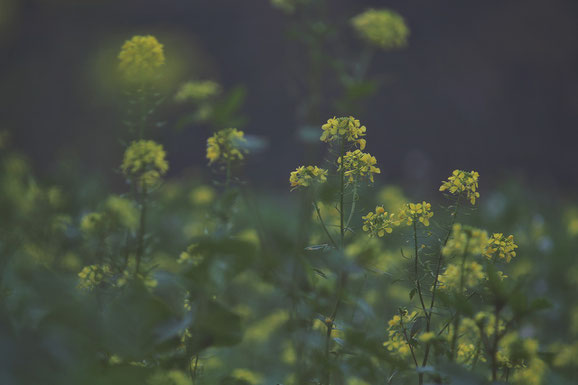
Sometimes the aromatic molecules are the weapons themself. It is the case of the nicotine (which smells rubber burnt) found in the tobacco plants. This molecule is highly neurotoxic for some insects. It is so effective that some insecticides are using the molecules (a blend idea to cover the smell of tobacco in the Giveaway section end of the article).

But self-defense is not only about offense, it is also about defense. In the case of plants, defense mostly involves self-healing. In order to illustrate this point, let’s take a look at the Frankincense tree (Boswellia sacra). When the bark of the tree is cut, its natural reaction is to produce a resin that will protect the injured tree from insect intrusions while the tree heals [source]. Therefore, you might call frankincense resin a sort of a natural band-aid.
Don't let your teen read this ;)
To eliminate tobacco odors,
Add in a diffuser
- 3 drops of essential oil of Lemongrass (Cymbopogon flexuosus)
- 3 drops of essential oil of Patchouli (Pogostemon cablin)
- 3 drops of essential oil of Eucalyptus radiata (Eucalyptus radiata)
- 1 drop of essential oil of Peppermint (Mentha piperita)
The number of drops in a base. You can multiply the numbers of drops proportionately to produce enough of the blend sufficient for diffusion.
Let your diffuser run for 30 minutes and then let it rest for a couple of hours before diffusing again.
This recipe inspired by Compagnie des Sens [source]
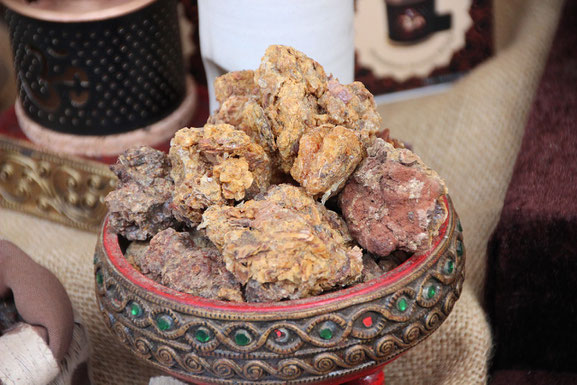
When farmers in Somalia harvest this resin and distill it, they produce the fabulous essential oil of Frankincense. Mixed with vegetable oil and applied topically, Frankincense oil can help to heal scars or repair mature or damaged skin [source]. The high percentage (up to 58%) of the molecule alpha-pinene in the oil seems to be the cause of Frankincense’s beneficial effects. Aromatherapists use this oil in diffusion to assist those recovering from psychological wounds.
Blend idea
In diffusion,
- True Lavender (Lavandula angustifolia)
- Frankincense (Boswellia carterii)
- Vetiver (Vetiveria zizanioïdes)
Frankincense and Vetiver give roots to the floral scent of the Lavender, well-known for its relaxing effect. This blend produces a rich and profound perfume whose earthy healing qualities can be diffused before sleep.
1.3 Communication via aromatic molecules
Even more interesting than the use of aromatic molecules for seduction or self-defense is plants’ use of these molecules for communication. Since the end of the 20th century, numerous research projects have been conducted to better understand the complicated world of plants...and scientists have found some quite unexpected results! There is evidence that some flowers can communicate with each other.
The most easily recognizable evidence of this is something of which you are already aware: the smell of freshly mowed grass. For us, this smell is reminiscent of warm summer days, picnics, or games with the kids in the garden. However, for grass plants, that sharp, astringent smell is actually a warning signal. Grass plants produce this smell when they have been attacked in order to alert nearby grass plants that there is danger nearby.
Video from Minute Earth, The Secret Life of Plants
Some plants (like cotton) will produce a complex array of aromatic compounds in order to to attract a specific kind of wasp which lays its eggs in a certain kind of caterpillar which has a preference for munching on cotton plants.
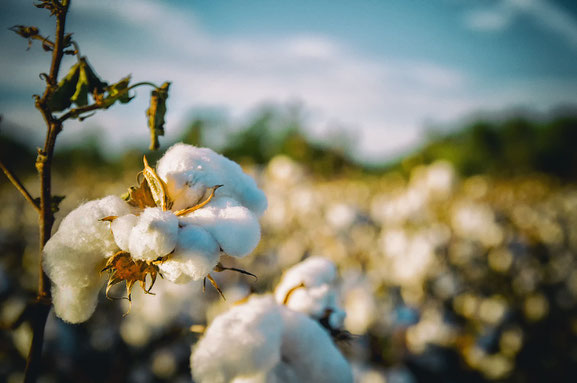
But seduction, self-defense, and communication are far from being plants’ only means of interfacing with their surroundings. If you would like to know more, I recommend the video above; you will be amazed by the complex world in which plants live.
Youtube video, The amazing ways plants defend themselves
2. Which oils can be diffused?
Thus far, we have seen some examples of the reasons for which plants produce the aromatic compounds included in essential oils. These examples are a very important reminder to have in the back of our minds when thinking about diffusion, as some of those molecules were produced by plants with the intent of alarming or injuring other parties.
It makes sense, therefore, that some components can also be harmful to humans when not used properly. Some essential oils contain such high proportions of dangerous molecules, that they are not sold commercially. In France, there is an official list of essential oils which may not lawfully be sold [source].
However, some essential oils which are useful in other applications are not recommended for diffusion because they include a good proportion of chemical components which are dangerous. Below is a list of these most common oils:
2.1 Which essential oils are not recommended for diffusion?
| French name | English name | Latin name |
| Achillée millefeuille | Yarrow |
Achillea millefolium |
| Ajowan | Ajowan |
Trachyspermum ammi |
| Aneth | Dill seed |
Anethum graveolens |
| Basilic tropical | Tropical basil |
Ocimum basilicum |
| Cade | Cade | Juniperus oxycedrus |
| Camomille allemande | German chamomile | Matricaria recutita |
| Carotte | Carrot (seed) | Daucus carota |
| Carvi | Caraway | Carum carvi |
| Criste marine | Crithmum | Crithmum maritimum |
| Cumin | Cumin | Cumin cyminum |
| Curcuma | Tumeric | Curcuma longa |
| Estragon | Tarragon | Artemisia dracunculus |
| Fenouil Doux | Sweet Fennel | Foeniculum vulgare |
| Gaultherie odorante | Wintergreen | Gaultheria fragrantissima |
| Hélychryse italienne | Helichrysum | Helichrysum italicum |
| Khella | Khella | Ammi visnaga |
| Lavandula Stoechas | Spanish Lavender | Lavandula stoechas |
| Lédon du Groenland | Labrador tea | Ledum groenlandicum |
| Livéche | Lovage | Levisticum officinalis |
| Millepertuis | St John's wort | Hypericum perforatum |
| Romarin à camphre | Rosemary CT camphor | Rosmarinus officinalis |
| Romarin à Verbénone | Rosemary CT Verbenone | Rosmarinus officinalis |
| Sauge à feuilles de Lavande | Spanish sage |
Salvia lavandulifolia |
| Tanaisie annuelle | Tansy |
Tanacetum annuum |
List of common oils not recommended for diffusion.
This list is a good idea of the common oils that should not be diffused. Of course, it is not an exhaustive one. So when you cross an oil that you do not use normally, it could be a good idea to make a quick search to know the composition.
2.2 Aromatic oils from the ketone family
There is one family of essential oils that should be on your danger list in relation to diffusion: the ketones. How do you know that you have found an oil with a proportionally high amount of ketones? In most cases, ketone molecules end with the suffix "-one", like Mentone or Verbenone.
However, one--actually quite well known--ketone molecule which does not follow this rule is the camphor molecule. It may be a good idea to avoid diffusing oils which contain a high percentage of these molecules. A (not exhaustive) list of essential oils with a high proportion of Ketones is included below:
| English name | Normal percentage of ketone |
|
Coriander |
up to 6% |
| Curcuma | up to 65% |
| Geranium bourbon | up to 9% |
| Helichrysum | up to 15% |
| Spike lavender | up to 15% |
| Peppermint | up to 32% |
| Rosemary CT Camphor | up to 20% |
|
Rosemary CT Cineol |
up to 10% |
| Rosemary CT Verbenone | up to 15% |
List of common oils which contain high amounts of ketones.
NB:
I have to point out you should not be afraid of these oils because they also have very interesting properties. Like for muscle relaxation (Rosemary CT Camphor) or for increasing blood flow to aid in healing bruises (Italian Helichrysum) [source].

When applying to the skin, these oils should be diluted to decrease the concentration of the ketones and thereby limit potential reactions.
2.3 Essential oils recommended being diluted before diffusing
As was the case described above regarding the dilution of oils high in ketones before topical application, it is recommended that some oils be mixed (diluted) before diffusion. In this way, the concentration of their aromatic molecules is lower, thereby making it safer and easier to appreciate their beneficial properties.
To be honest, this topic is not one that is often addressed in the literature. To my knowledge, the great majority of what has been written on the subject has been within and about essential oils within the French market only. Moreover, within that body of material, there are some conflicting opinions on the matter. So, to help you form a better and safer practice of essential oils, I include below a table with information on the most common oils that should be diluted before diffusion:
| ~10% | 20% | ~50% |
| Cinnamom | Eucalyptus globulus |
Patchouli |
| Clove | Juniper | Spike lavender |
| Neroli | Vetiver | Ylang-ylang |
| Thyme |
List of common oils recommended to be blended before diffused
The dilution concept is neither easy to understand nor to apply. If you want to know more about it (or if you want to have the calculations done for you) you can check the information page of Après-You's website [source] for two dilution calculator tools.
- One calculator will tell you how many drops of one essential oil you will need to make a blend at a specific percentage dilution.
- The second calculator helps you to check a blend recipe (e.g. from the internet) by checking the dilution rate in relation to the number of drops perscribed. It is only accessible by the VEP members.
Conclusion-Which essential oils can be diffuse safely?
We started this article by discussing why some plants produce aromatic compounds. This provided some perspective in order to better understand why some oils are not recommended for diffusion or should be blended before they are diffused within a certain space.
Like many approaches in the aromatherapy world (as in life in general), diffusing well is a question of knowledge, dosage, and balance.
If we exclude the oils on the diffusion “black list”, there still remains a tremendous number of highly beneficial oils which can be diffused. Some oils which are not recommended for diffusion because of their composition may still be beneficial e.g. in massage, though we can stress that, when applied to the skin, the smell they produce is also a diffusion, and should therefore be approached with an eye to moderation and balance.
While a chemical approach to aromatherapy is interesting and does support a better practice, in day-to-day life, we may not always remember which oils are suitable for diffusion and which are not. Therefore, one method which may help to reduce risk and which is also easy to employ is to diffuse blends. There is a reason that a blend of oils is called a “synergy” in the world of aromatherapy...by mixing several oils (up to five, I would say), it is possible to bring the beneficial properties of oils together to produce something that is greater than the sum of its parts.
A word of caution
One important aspect of diffusing essential oils which has not been addressed in this article is the condition of the persons present during the diffusion. The presence of children, asthmatics, and pregnant women must be given precedence.
For example, I do not use Eucalyptus globulus, because my son absolutely can’t stand the smell. However, accommodating his preferences is not a problem, as there are many other oils that can replace this one.
Be safe, be essential!
Very Essential People
You can be part of the Very Essential People group.
You will get informed of the new articles and you will get discounts on the Après-You e-shop, you just have to sign up.
It is free and without engagement.
Disclaimer
Après-You does not pretend and/or wants to replace any medical judgement or prescription. All the information within this post is intended to be informative! Please, always use essential oils carefully and with respect. In case of doubt, always ask a medical professional first.
Pictures
If you have any questions or remarks about the pictures and credits, feel free to send an email to info@apres-you.com.


Write a comment